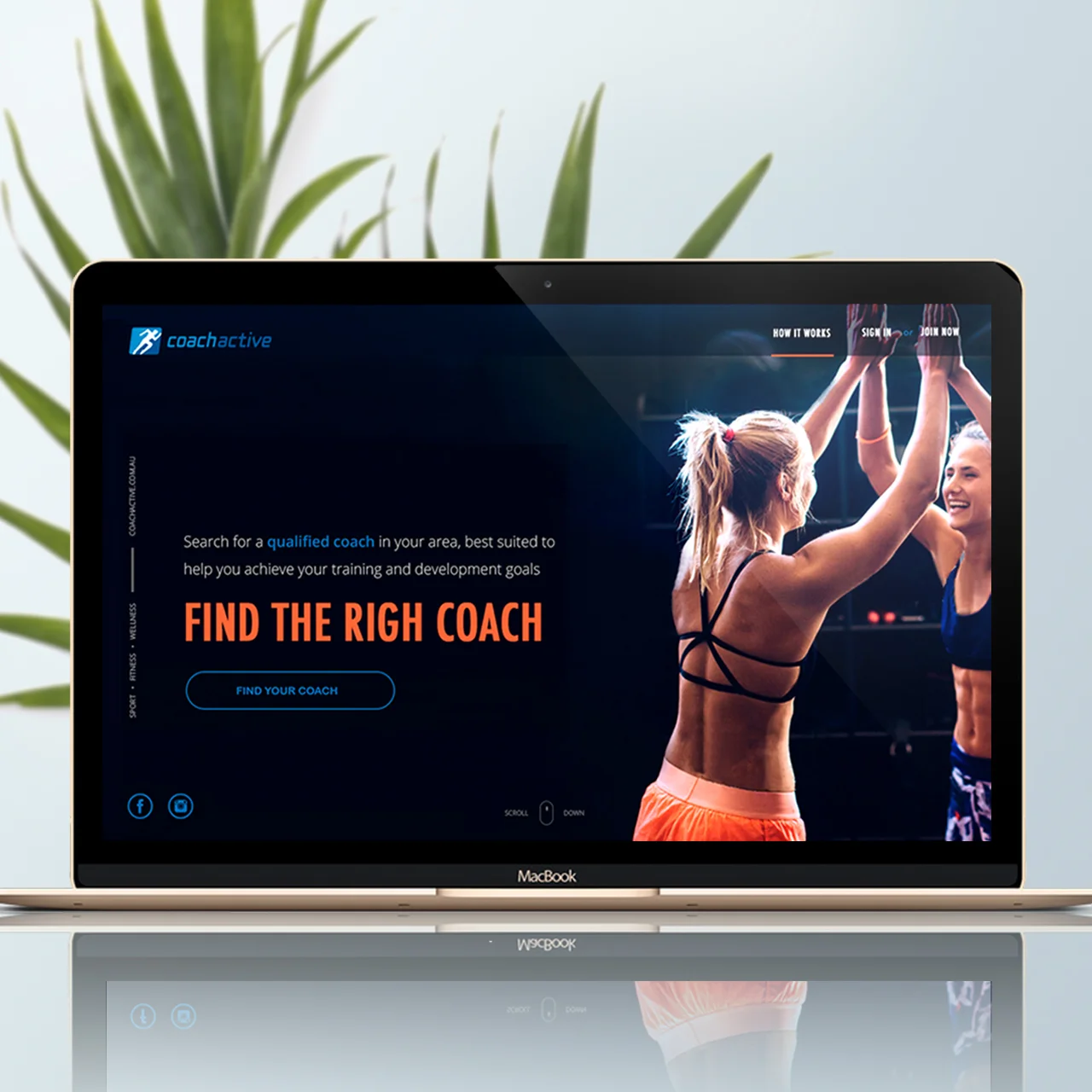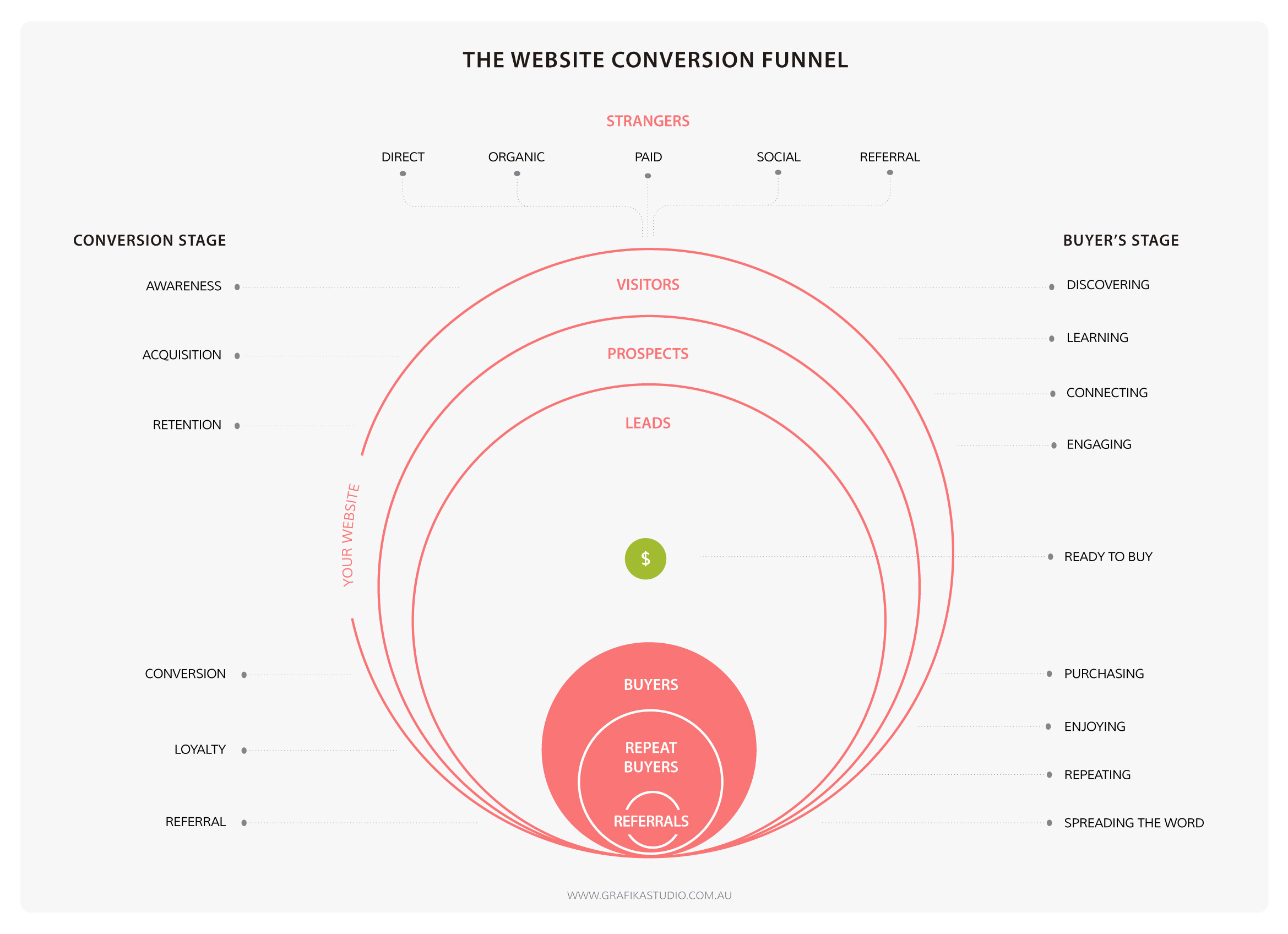Do's and dont's before getting a new website
So you want to design a new website for your business. You have images, content and are all ready to get started. You want your website up and running in a few weeks. However, after meeting with your designer you realise it’s not going to happen so quickly.
Not just that, you also realise that some of the decisions you made on your own for your website weren’t quite right, which ends up wasting time and money.
To get a website design project right from the beginning it is important to know what you should do and what you shouldn’t, or at least not without consulting your web designer first.
Do focus on the main purpose of the site |
|---|
By having a clear description of the main purpose of your website you will help your designer understand where the focus should be and make confident decisions along the design process.
Do sign a design contract |
|---|
A design contract is the best way to ensure everyone understands and agrees with the terms of service. The contract should include basic terms and conditions on events such as contract termination, copyrights, licensing, payment conditions and service limitations.
I use the design contract provided by AIGA (The Professional Association For Design).
Do get an estimate in writing |
|---|
Although a website project is very difficult to quote in its early stages, always ask for an estimate before paying any deposit to avoid unpleasant surprises.
Ensure you understand the billing method – hourly rate or fixed price –, what’s included in the price and what’s extra.
In this other post, I explain how I price my design services to make it as fair as possible for both, the client and myself.
Don’t buy hosting |
|---|
Discuss the hosting options with your designer first. Some solutions cannot be hosted by anyone, like SquareSpace. Also in many cases, web designers and developers work with multi-hosting services and could host your website for free.
Do always choose open-source tools |
|---|
Always request an open-source content management system (CMS) – like WordPress, Magneto, Shopify or Squarespace - so that any designer or developer can access it in the future.
Some design companies work with proprietary CMS. If that’s your case, you'll get stuck with the same company – and their fees - forever.
Don’t rely on the design brief only |
|---|
One of the hardest things of a brief questionnaire is asking the appropriate questions in a way that the client can easily understand. For example, when a client says “I need a Wordpress website” quite often what they mean is “I need a Content Management System”, but Wordpress might not be the right solution for them.
After receiving the client brief, I always arrange a face-to-face meeting with them – or a virtual meeting if the client is not local – to fill the blanks and clarify the project requirements.
Do research your competition |
|---|
To figure out what your website needs in terms of content, functionalities, etc, check out your competitors websites and make a list of all the features that you would like to incorporate into your site. This list will be really helpful to your designer later.
Do invest in beautiful photographs |
|---|
The Internet is getting more and more aesthetic every day. Professional photographs beautifully styled can immediately build trust in your business, and create a quick emotional connection with your visitors.
Do not use photos taken by yourself in your website. A good image needs proper lighting, a good styling and quite often a lot of Photoshop editing and retouching too.
You can see an example of Photoshop retouching for one of the website I designed last year here in my portfolio.
Do involve your designer in the photography shooting |
|---|
Not every image is suitable for a website. Your website photographs must have a consistent look and feel, an appropriate lighting and a specific format. A lot of white space in the background is also highly desired to add text to it.
Your designer can brief your photographer on what sort of images your website may need.
Do get your copywriting ready |
|---|
Any website is designed around its content. To avoid delays during the design process, you can start working on your content beforehand, and have it ready in advance of the website design being started.
At this stage, you may want to engage a copywriter to help you compose a compelling message for your website.
Do carefully think about your page structure |
|---|
Provide a logical order to your website content to make it easy for visitors to navigate. Organise your content in pages and connect pages through relevant links and call-to-actions (CTA).
Start by putting together a simple site map; fill every page with sections, and every section with subsections.
For some tips on How To Write The Perfect CTA visit this other post previously published here in my blog.
Don’t make the users think, wait or read |
|---|
Having too much content will make your visitors feel overwhelmed and want to leave your site quicker.
Break your content into the smallest possible units to make it very easy to read. Add titles and subtitles and establish message hierarchies. Use icons, bullet points and numbered lists to make your content easy to scan.
Do think of ways to engage your audience |
|---|
When someone visits your website she/he won’t be immediately ready to buy from you or hire your services. The conversion process is slow and takes time and a lot of interaction with the visitor to build trust before they are ready to make the purchase decision.
These interactions can be done through sign-up forms, downloads, blog comments, social media following and sharing tools, etc. They are supported by external platforms and tools that need to be set-up beforehand and are usually introduce by effective CTAs.
Discuss any possible interactive feature with your designer before getting the design process started.
Don’t assume your website needs everything |
|---|
Not every website needs a blog, an email subscription box, or links to social media pages. Any of these features will involve a lot of time putting quality content together for your readers.
Having an abandoned blog or social media page will give your visitors the impression of carelessness, and they will lose trust in your business.
Don’t expect success overnight |
|---|
The single fact of having a website online doesn’t mean that you’ll start getting visitors straight away, neither will you get customers or clients inmediately. Your website is just the beginning of the journey.
Be prepared to invest time and money in digital marketing to drive traffic to your website and increase the sale conversions.
Don’t try to do it yourself |
|---|
I always believe in doing what I do best and leave everything else for those who are experts in everything else.
Behind any website design process, there are many things to take into consideration to create an effective business website.
Even if you feel confident building your own website, you may want to get some help and guidance from your designer through some mentoring sessions or design consultations.
Wrap-up
Good design takes time, and building a professional website can take a few months of work. If you are looking to build a professional website to grow your business, engage a website designer asap. Your designer will help you prepare the material, setting your website right front the beginning and ensuring you get the best return on investment for your business.












The revamping of the Oh Flossy play make-up boxes came with a clear brief to create attractive and engaging packaging designs to capture the attention of children as well as their parents. The project goals were well-defined and the result would delight customers and pour great reviews.